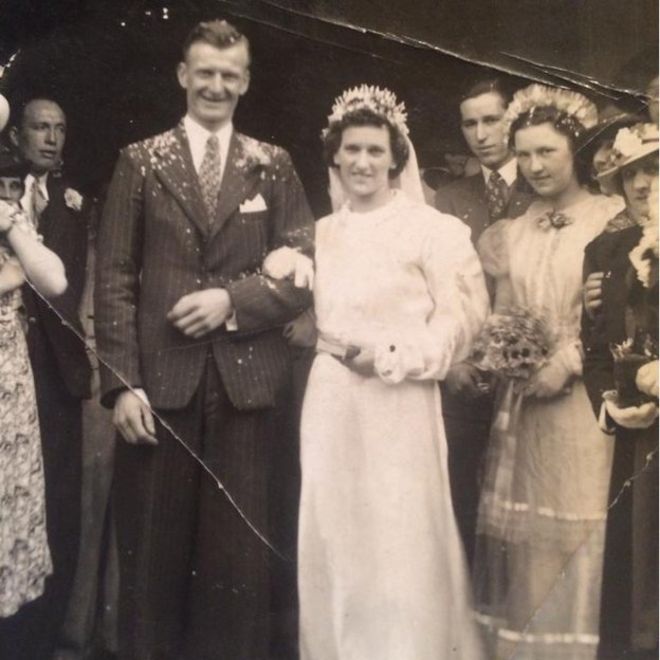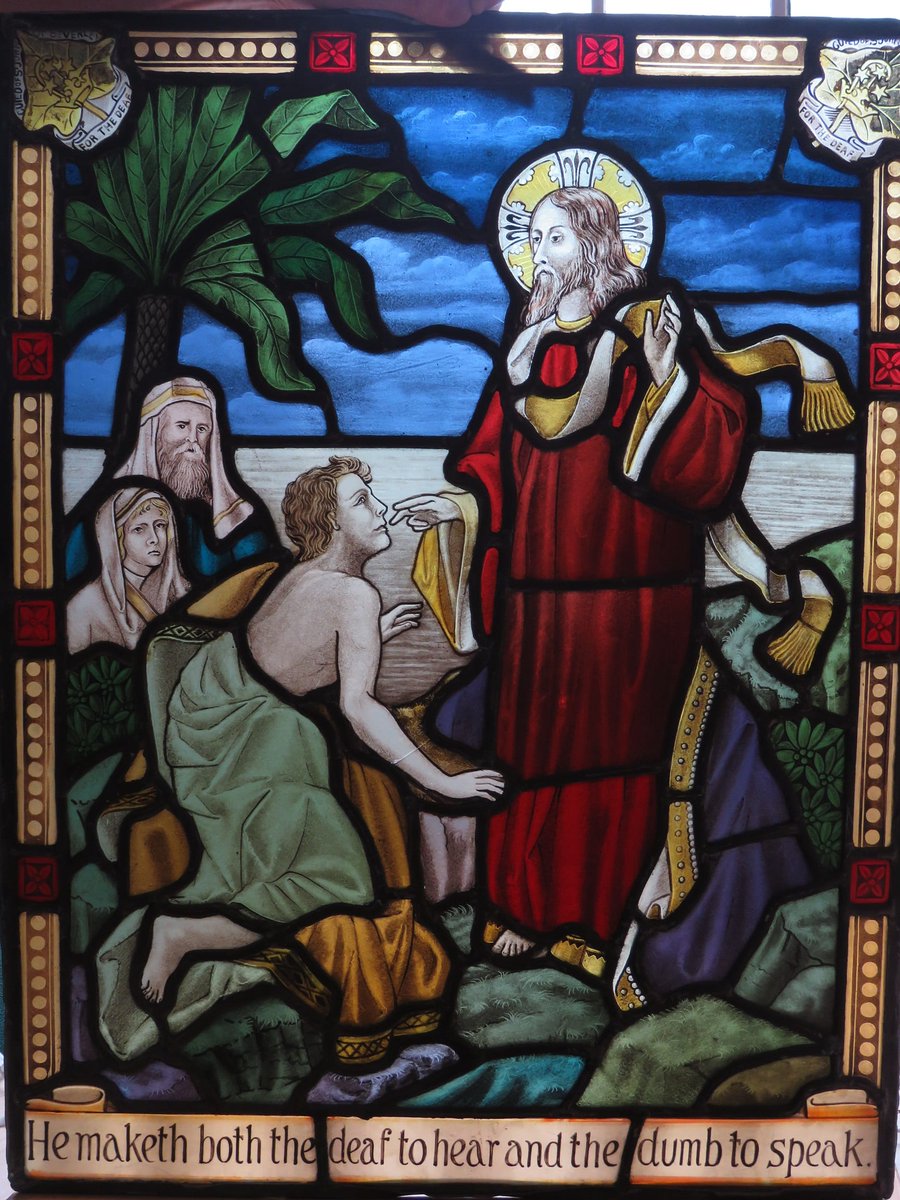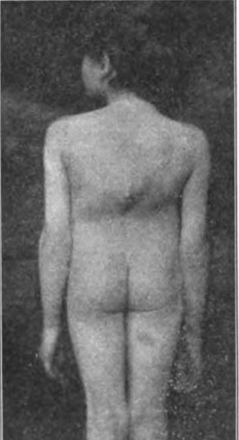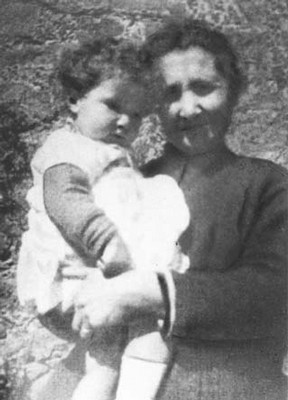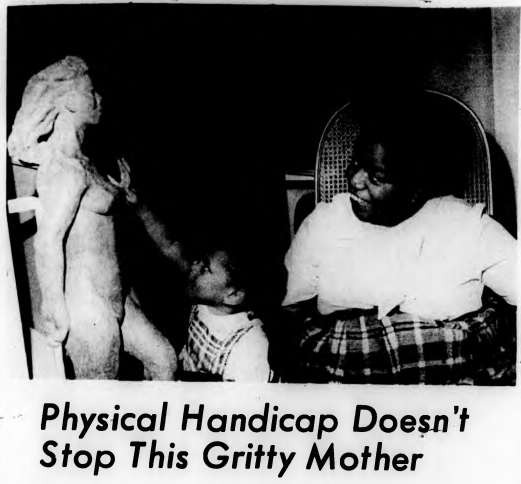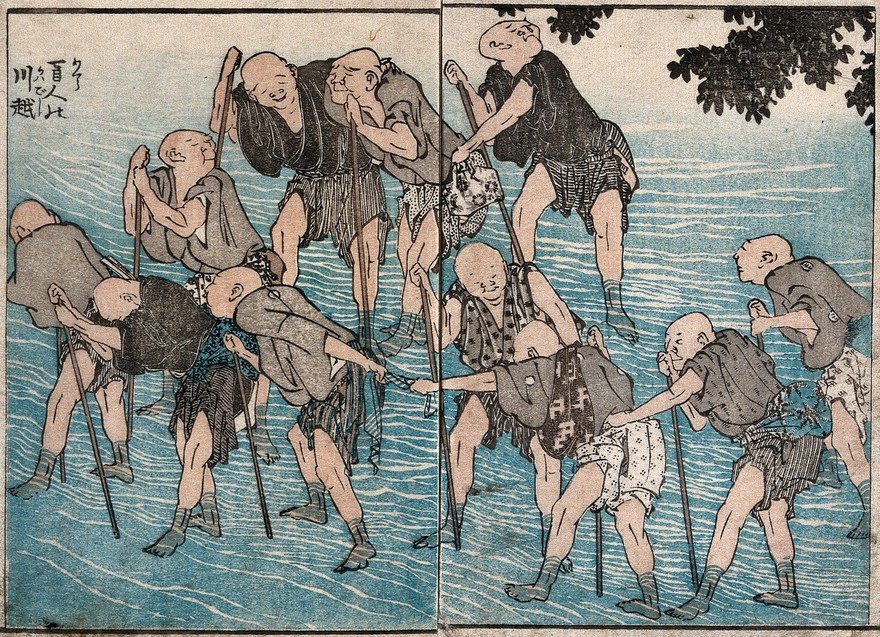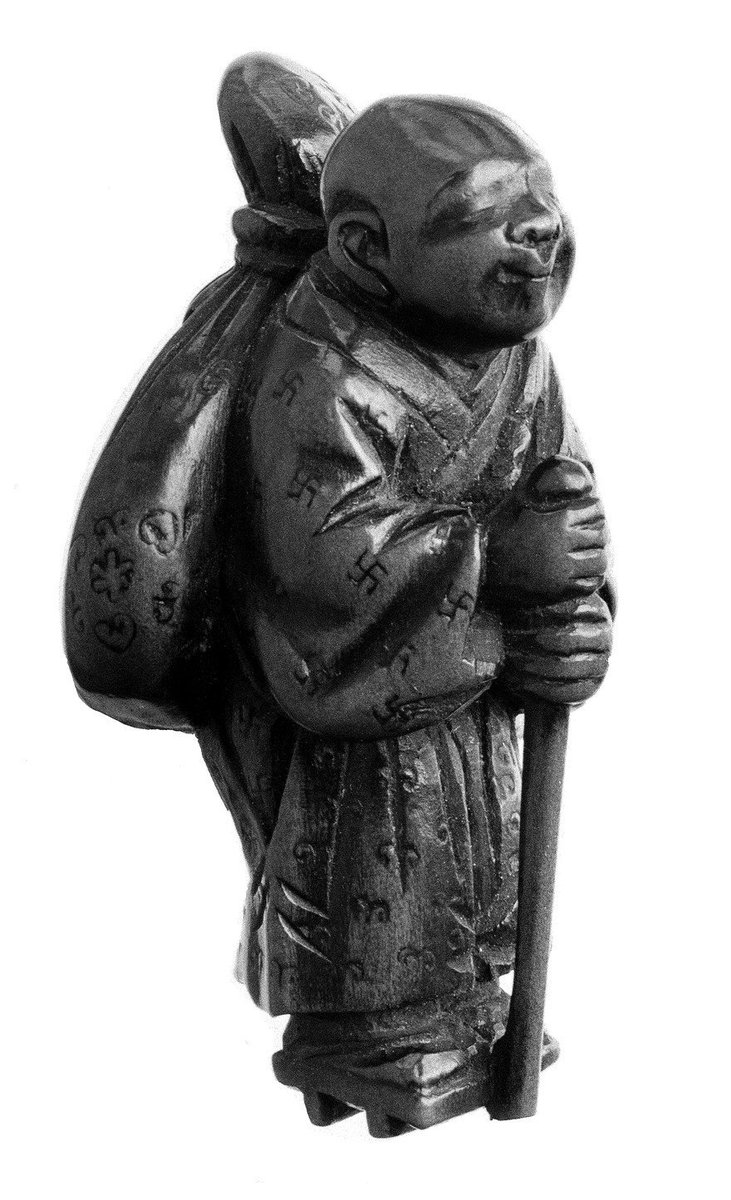
Thread:
1/n
Today is #NationalDogDay!
Time to re-examine the roles dogs have played in #DisHist!
For centuries, artists have shown dogs accompanying blind subjects, performers & beggars across the world, suggesting that dogs lived/worked alongside disabled handlers.


1/n
Today is #NationalDogDay!
Time to re-examine the roles dogs have played in #DisHist!
For centuries, artists have shown dogs accompanying blind subjects, performers & beggars across the world, suggesting that dogs lived/worked alongside disabled handlers.

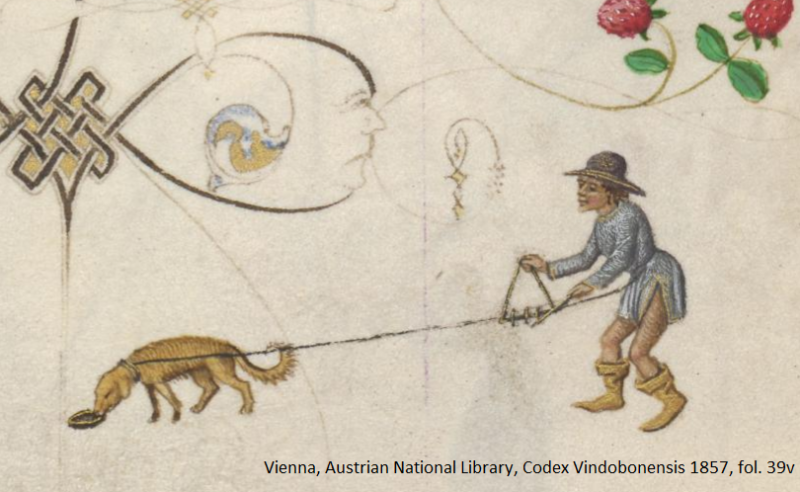

2/n
Medieval European texts show figures that might possibly be blind holding a staff & the lead of a dog. As per @NinonDubourg, dogs were not considered reliable or safe in theory, but they were likely used as companions and fellow performers while begging.
#DisHist #envhist

Medieval European texts show figures that might possibly be blind holding a staff & the lead of a dog. As per @NinonDubourg, dogs were not considered reliable or safe in theory, but they were likely used as companions and fellow performers while begging.
#DisHist #envhist
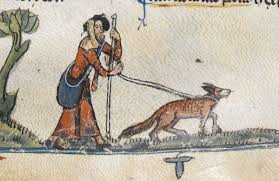

3/n
For more on #DisHist and good dogs in medieval illustrations, you can read @drkmurch’s blog here: kristamurchison.com/medieval-guide…
And @JudeSeal’s @ExploreWellcome piece here: wellcomecollection.org/articles/XszQJ…
#NationalDogDay #envhist #animalhistories
For more on #DisHist and good dogs in medieval illustrations, you can read @drkmurch’s blog here: kristamurchison.com/medieval-guide…
And @JudeSeal’s @ExploreWellcome piece here: wellcomecollection.org/articles/XszQJ…
#NationalDogDay #envhist #animalhistories
4/n
These representations are not restricted to Europe. Take this 13thc Chinese scroll titled “Spring on the Yellow Fever,” which *might* show a detail of a man with a cane (which might signify blindness) holding on to the leash of a dog.
#DisHist #NationalDogDay #envhist

These representations are not restricted to Europe. Take this 13thc Chinese scroll titled “Spring on the Yellow Fever,” which *might* show a detail of a man with a cane (which might signify blindness) holding on to the leash of a dog.
#DisHist #NationalDogDay #envhist

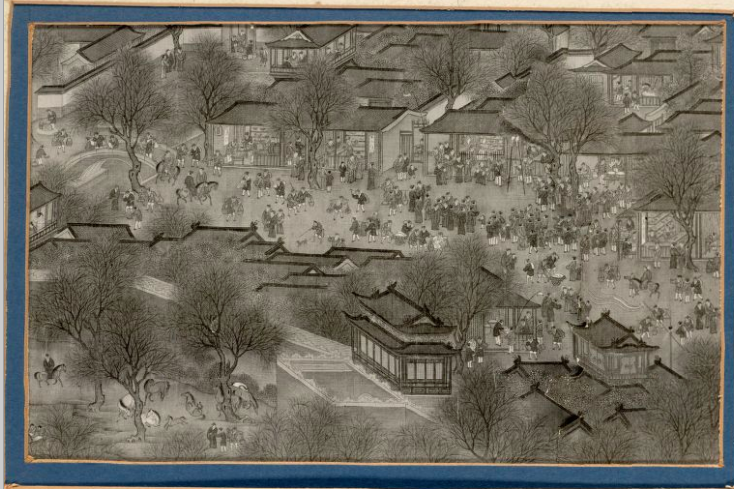
5/n
This 17thc woodcut on the Dance of Death shows a skeletal Death coming for a blind man. Death is shown taking the staff of the blind man & cutting the lead of the little dog accompanying the blind man, who is described as the latter's “Conducteur”.
#DisHist #NationalDogDay
This 17thc woodcut on the Dance of Death shows a skeletal Death coming for a blind man. Death is shown taking the staff of the blind man & cutting the lead of the little dog accompanying the blind man, who is described as the latter's “Conducteur”.
#DisHist #NationalDogDay
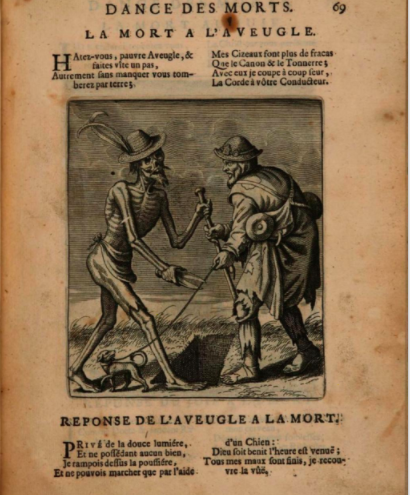
6/n
Dogs may have worked with #disabled performers.
In this illustration, the dog leads a Blind performer, who extends a begging bowl and has a child on his back.
The dog himself holds a begging bowl in his mouth.
#DisHist #ArtHistory #NationalDogDay #envhist
Dogs may have worked with #disabled performers.
In this illustration, the dog leads a Blind performer, who extends a begging bowl and has a child on his back.
The dog himself holds a begging bowl in his mouth.
#DisHist #ArtHistory #NationalDogDay #envhist
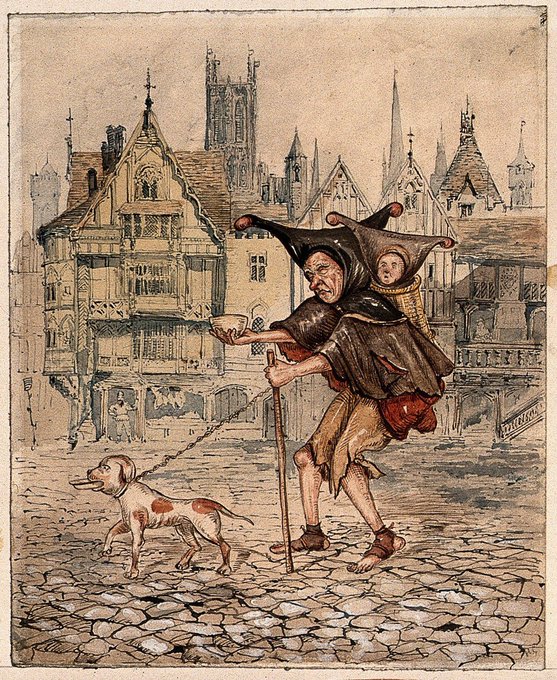
7/n
Several #18thc & #19thc artworks also show blind subjects with canine companions, reinforcing the possibility that dogs, even if untrained, may have accompanied blind folk in public spaces as companions and performers.
#DisHist #NationalDogDay #envhist/


Several #18thc & #19thc artworks also show blind subjects with canine companions, reinforcing the possibility that dogs, even if untrained, may have accompanied blind folk in public spaces as companions and performers.
#DisHist #NationalDogDay #envhist/
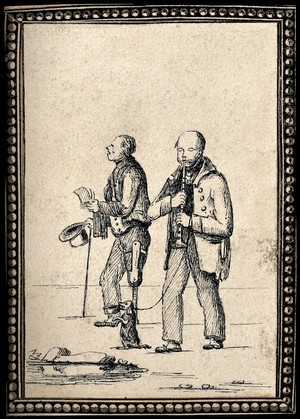
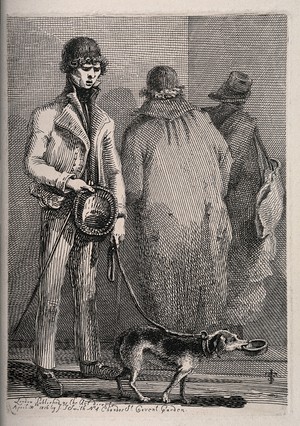
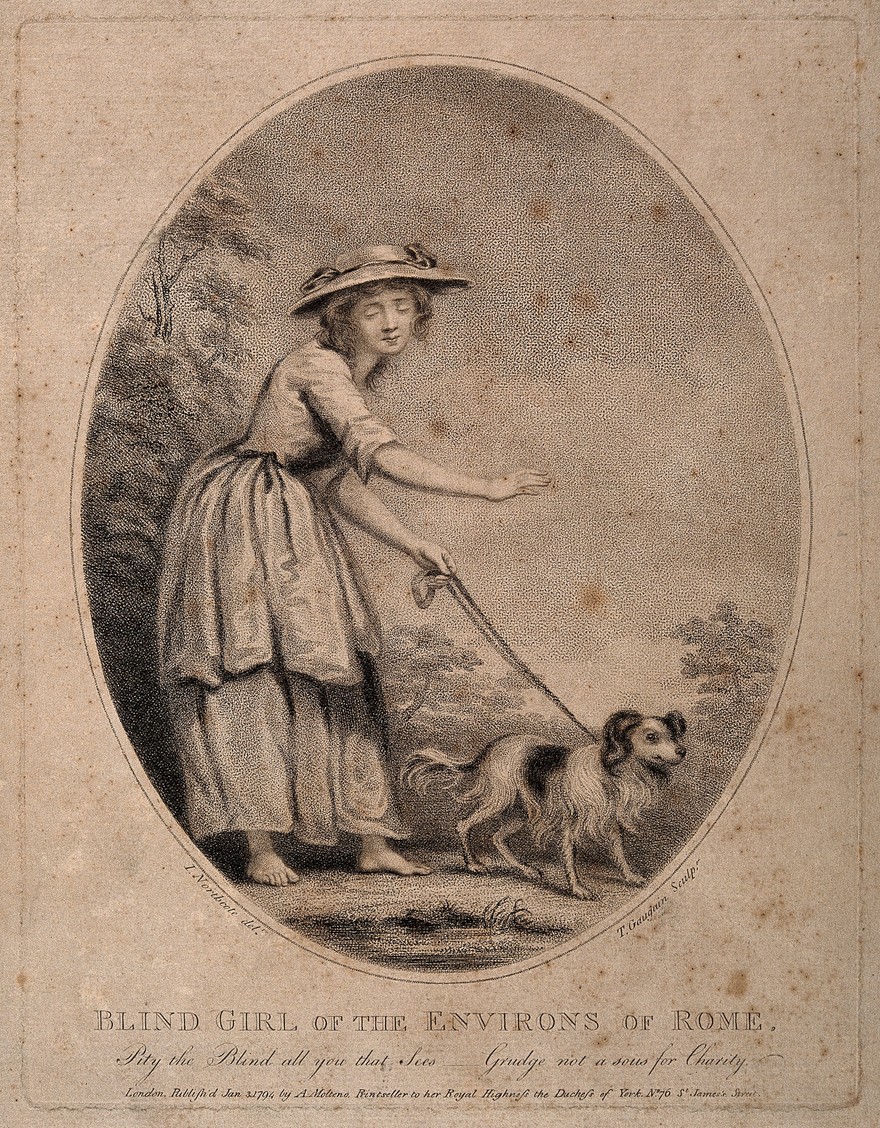
8/n
It is WWI that really changes the ways in which dogs begin to be trained to support disabled people of all kinds.
The first TRAINED guide dogs for the blind were in streets, factories & public transport in Europe & the Americas by the 1920s & 30s.
#DisHist #NationalDogDay
It is WWI that really changes the ways in which dogs begin to be trained to support disabled people of all kinds.
The first TRAINED guide dogs for the blind were in streets, factories & public transport in Europe & the Americas by the 1920s & 30s.
#DisHist #NationalDogDay

9/n
If you want to read more about the history of guide dogs in the First World War, you can read @DisabilityStor1’s @nursingclio post here:
nursingclio.org/2018/11/15/the…
#DisHist #NationalDogDay #envhist
If you want to read more about the history of guide dogs in the First World War, you can read @DisabilityStor1’s @nursingclio post here:
nursingclio.org/2018/11/15/the…
#DisHist #NationalDogDay #envhist
10/n
If you want to read more: here is @pemberton_neil's @MedHums_BMJ paper on guide dogs in the US:
#DisHist #envhist #NationalDogDay #animalhistories #histSTM
mh.bmj.com/content/medhum…
If you want to read more: here is @pemberton_neil's @MedHums_BMJ paper on guide dogs in the US:
#DisHist #envhist #NationalDogDay #animalhistories #histSTM
mh.bmj.com/content/medhum…
11/n
WWII increased interest in guide dogs. This "Handbook for the Newly Blinded" explored the pros & cons of a trained #GuideDog: while dogs could increase mobility, the book warned that some people disliked dogs and could be cruel to them.
#DisHist #NationalDogDay

WWII increased interest in guide dogs. This "Handbook for the Newly Blinded" explored the pros & cons of a trained #GuideDog: while dogs could increase mobility, the book warned that some people disliked dogs and could be cruel to them.
#DisHist #NationalDogDay


12/n
These images of #WWII veteran Sgt Foulk & his “best pal” Blondie:
“If there is any magic in the fine work which these dogs are doing, it is not of the voodoo type, but rather hard work, miles of walking, patience & the willingness to learn.”
#DisHist #NationalDogDay

These images of #WWII veteran Sgt Foulk & his “best pal” Blondie:
“If there is any magic in the fine work which these dogs are doing, it is not of the voodoo type, but rather hard work, miles of walking, patience & the willingness to learn.”
#DisHist #NationalDogDay
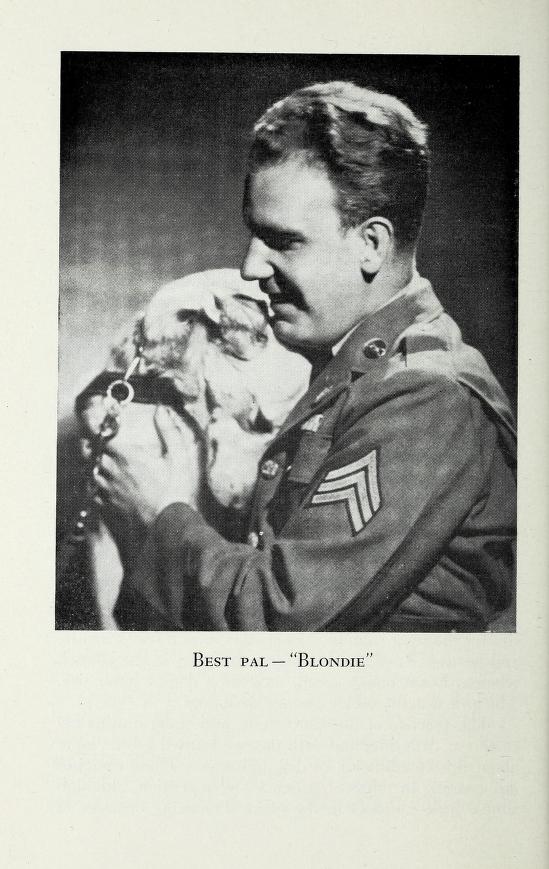

13/n
Although dogs began as guides for the blind, by the 1980s, dogs were being trained to respond to smoke/fire alarms, phones and other sounds to help deaf handlers. This ad for Dogs for the Deaf was posted in @NAACP’s Crisis mag in 1986
#DisHist #NationalDogDay
Although dogs began as guides for the blind, by the 1980s, dogs were being trained to respond to smoke/fire alarms, phones and other sounds to help deaf handlers. This ad for Dogs for the Deaf was posted in @NAACP’s Crisis mag in 1986
#DisHist #NationalDogDay
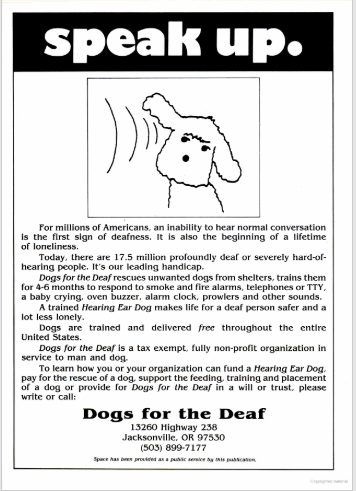
14/n
As much as these 4-legged creatures have been much beloved companions, they now play an important role in the lives of many disabled people, and are trained for handlers with disabilities including diabetes, epilepsy, PTSD.
So MANY GOOD DOGS.
#DisHist #NationalDogDay
End!

As much as these 4-legged creatures have been much beloved companions, they now play an important role in the lives of many disabled people, and are trained for handlers with disabilities including diabetes, epilepsy, PTSD.
So MANY GOOD DOGS.
#DisHist #NationalDogDay
End!
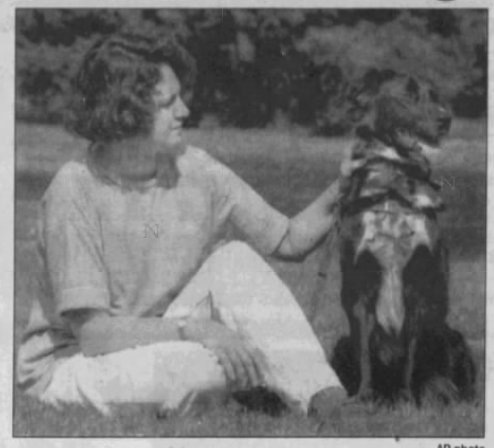
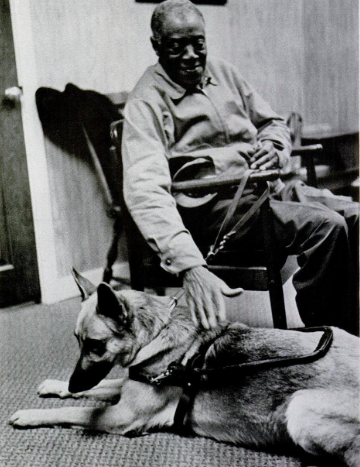
• • •
Missing some Tweet in this thread? You can try to
force a refresh


